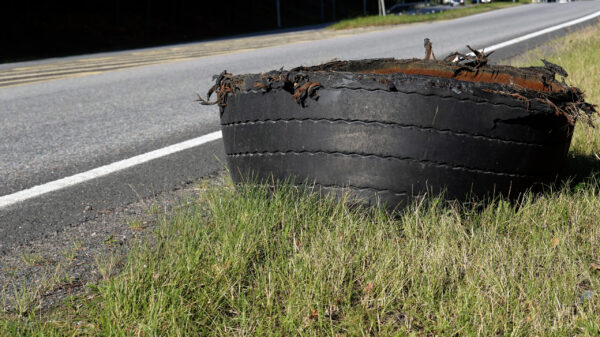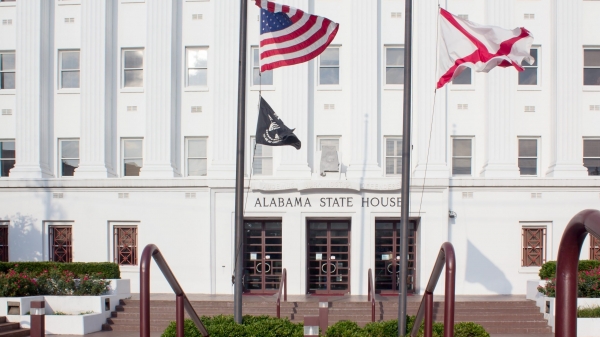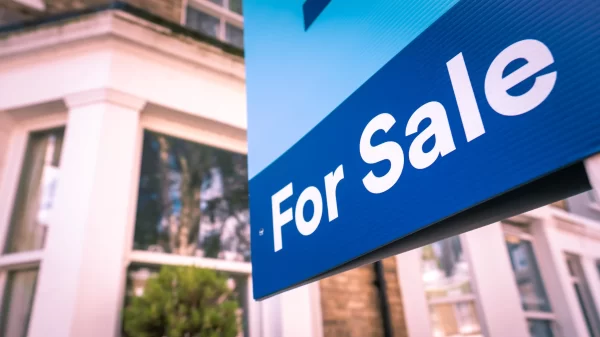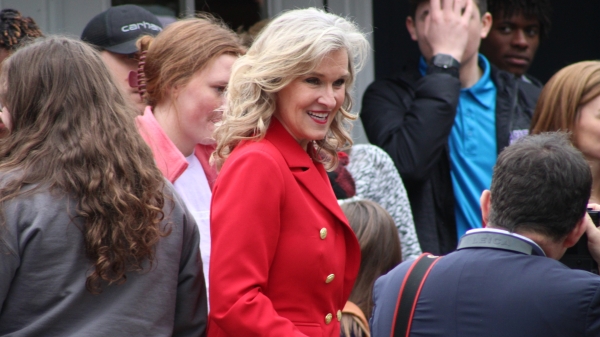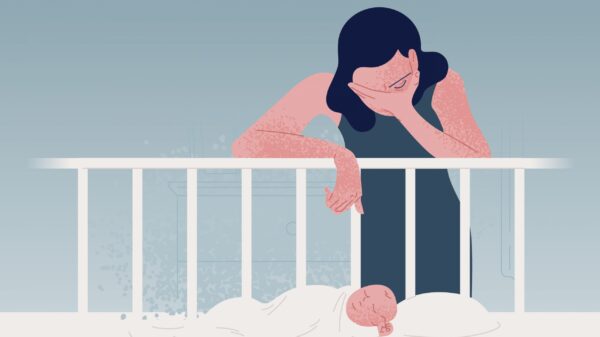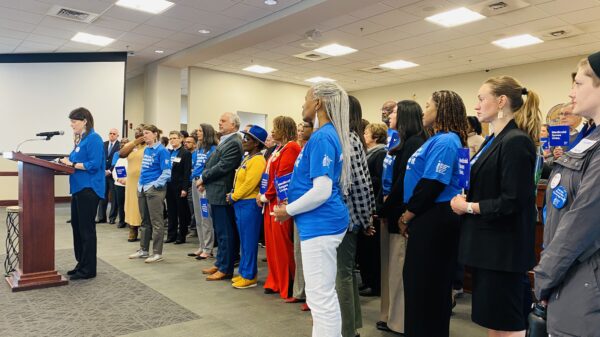Staff Report
From the Office of Arise Alabama
Thanks to Medicaid coverage, the share of Alabamians without health insurance was not significantly higher in 2010-11 than before the Great Recession, new U.S. Census Bureau data released Wednesday show. Poverty and median household income also have not worsened significantly in Alabama since 2006-07, though both indicators remain worse in the state than nationally.
More than 660,000 Alabamians under age 65, or 16.2 percent, lacked health insurance in 2010-11. That share was higher than 15.1 percent in 2006-07, but the change falls within the margin of error. Alabama’s rate held relatively steady even though private coverage fell by 5.7 percentage points in that time. Growth in Medicaid and other public insurance programs helped offset coverage losses in Alabama.
“Sick children shouldn’t have to go without a doctor’s care if their parents are laid off and lose their insurance,” ACPP executive director Kimble Forrister said. “Medicaid and ALL Kids have been vital tools to ease human suffering during this economic downturn. Alabama’s leaders should take full advantage of the opportunity to strengthen those protections by implementing the Affordable Care Act, including its expansion of Medicaid starting in 2014.”
Nearly one in six Alabamians, or 16.3 percent, lived in poverty in 2010-11. That share appeared to be up from 14.4 percent in 2006-07, but the change falls within the margin of error. As it has for decades, the state’s poverty rate remained above the national average, which was 15.1 percent in 2010-11.
Alabama’s median household income – $42,407 in 2010-11 – was the nation’s eighth lowest and lagged the national average of $50,443. The state’s median household income appeared to fall from its 2006-07 level of $44,062, but as with the poverty and insurance rates, that change also falls within the margin of error.
“The new data show many Alabamians are still struggling to get by, and it’s important we don’t make it even harder for them to do that,” Forrister said. “We need new revenues to protect health care, education and other vital public services that boost our state’s economy and give everyone a chance to work their way into the middle class.”
The Current Population Survey offers a preliminary state-level look at poverty and health insurance. The Census Bureau will release more detailed data from the American Community Survey on Sept. 20.












